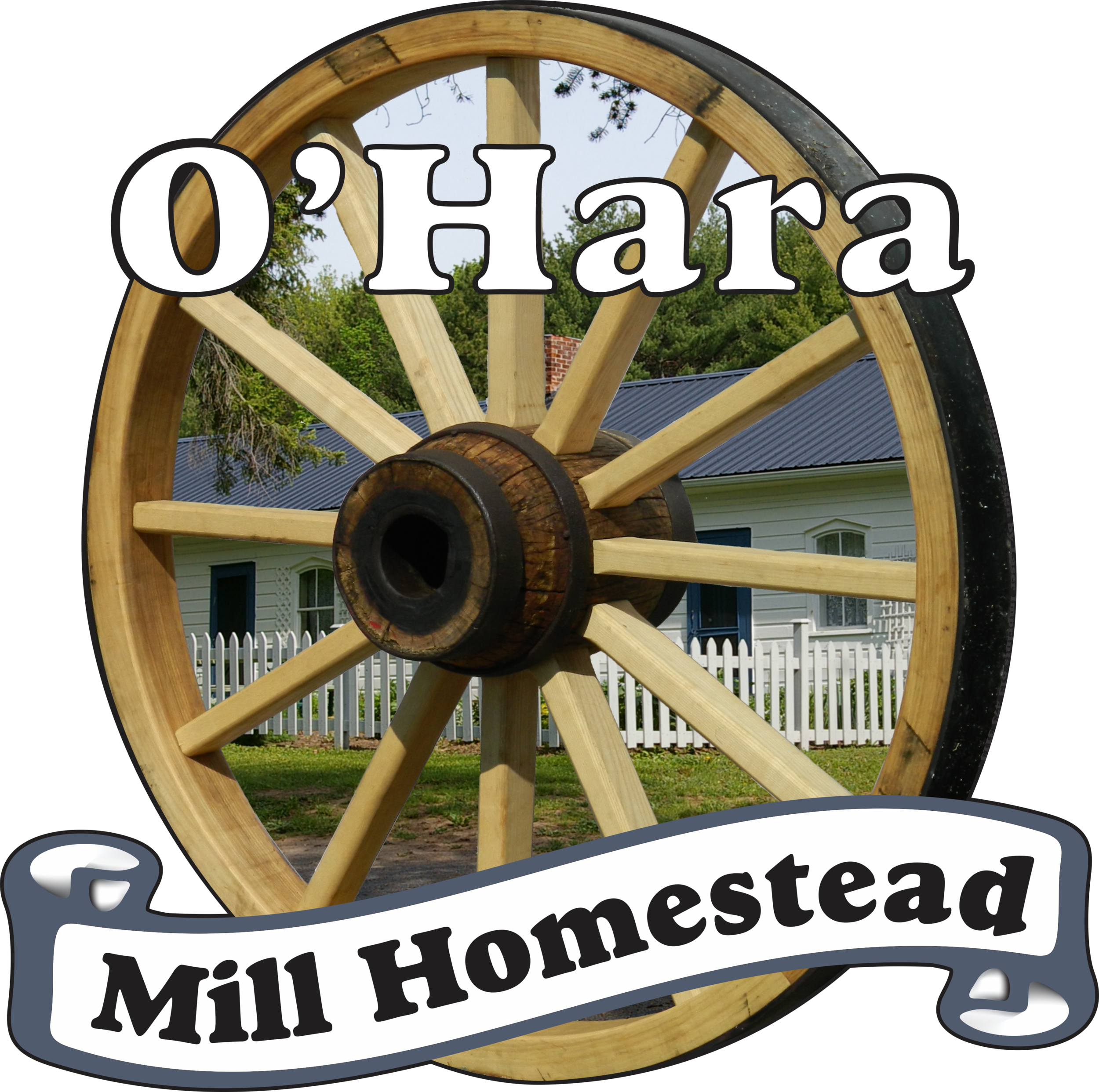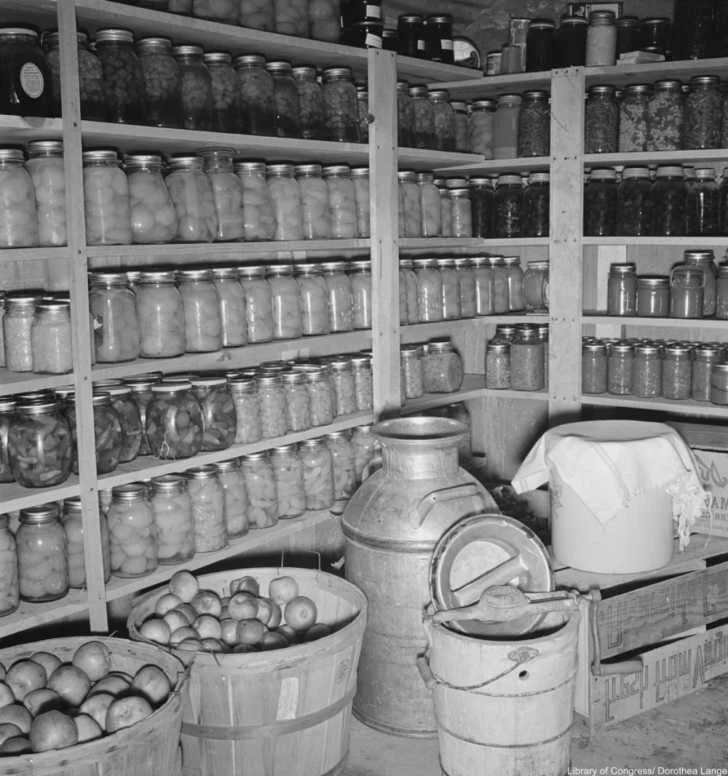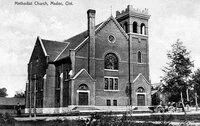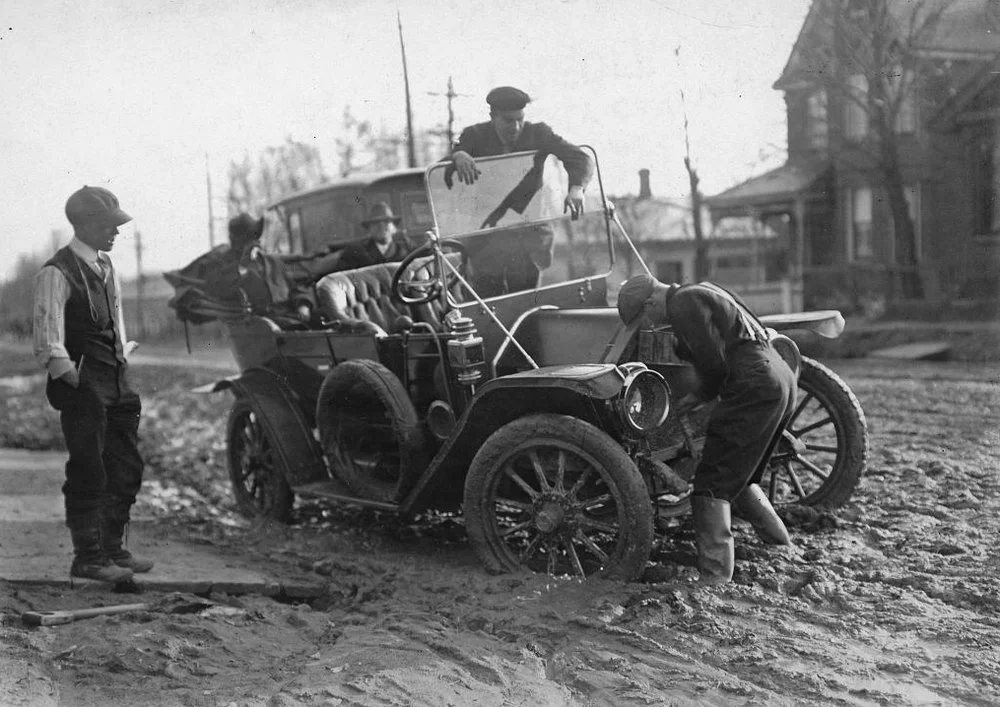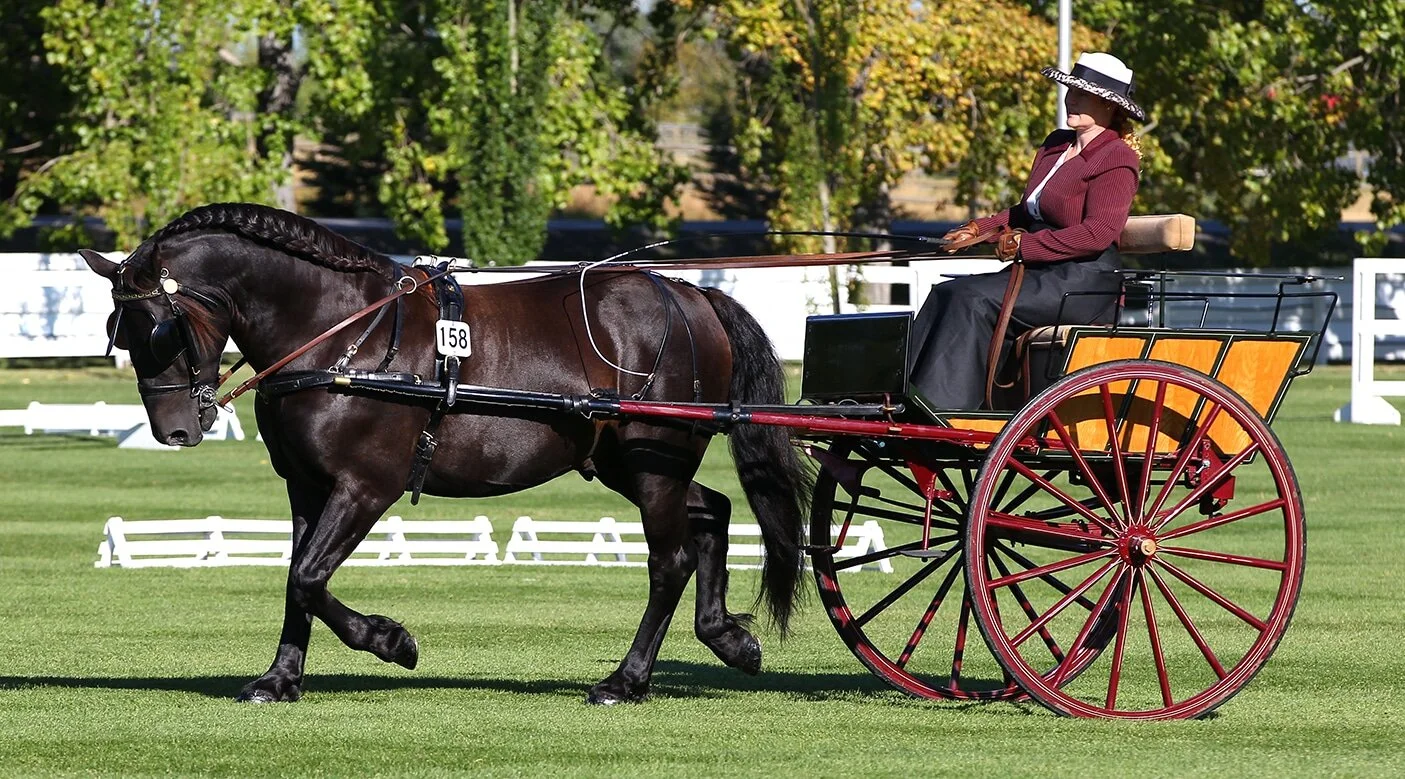A goodbye message from the Summer Students.
Read MoreThe winter months were long and pioneers did not have easy access to most of their food sources. As a result the summer and fall months were spent getting their food stores ready for the long and cold winter ahead.
Read MoreToday candles serve mostly a decorative purpose, but back in the 1800s when the O’Hara family first settled near Madoc candles were a vital aspect of daily life. Throughout the year candles were necessary at night to do anything, as there was no electricity around.
Read MoreToday we are going to be looking at some starch containers that are in the museum house and learning about their history and use. While these might not seem like very interesting items at first glance they tell quite the story!
Read MoreToday we are taking a look at a few kitchen devices that we have here at the Homestead which were essential for getting things done efficiently in the kitchen.
Read MoreToday we are going to be taking a look at the process of threshing grain. Essential to the journey of grain from the field to use, this process underwent large improvements throughout the 1800s.
Read MoreToday we are going to be looking at the role that churches played in community traditions, along with the associated social events which played a large part in society in the 1800s throughout Ontario, including in Madoc.
Read MoreToday we are going to be looking at child birth, which was considered a rite of passage for women and was a very social event in the early days of Ontario when the O’Hara’s first settled in Madoc.
Read MoreArbour Day is observed on the last Friday in April and it started with the settlers of Canada and the United States.
Read MoreMarriage in the 1800s carried strong economic and social expectations and was not to be taken lightly. Many marriages started with a courtship, where two young people would learn about each other under the supervision of a chaperone.
Read MoreToday we are going to be taking a look at a brief history of how transportation has changed since the O’Hara family arrived in the 1800s until the last generation lived on the Homestead in the 1940s. We will take a look at roads, vehicles and the systems around transportation in Ontario to get a bigger picture of just how much things have changed since the homesteading days.
Read MoreToday we are going to be looking at a specific breed of horse that was very common on Ontario farms during the 1800s. Known as the Canadian Horse, this breed is now endangered but lives on as a reminder of what it was like back in the homesteading days.
Read MoreToday we are going to be taking a look at a number of different types of carriages that we have here at O’Hara and the different ways they were used.
Read MoreFor today’s blog post, we’re going to be talking about a very important aspect of horse care and travel; hitching!
Read MoreToday we are going to be taking a look at the horses that would have been used on the farm, what they were used for and the type of upkeep that was required for the horses.
Read MoreToday we are going to be looking at the average diet of the early pioneers in Ontario. To do this we will explore a number of recipes and share them for you to take a hand at trying!
Read MoreToday we will be looking at canning and pickling foods, which was and still is a very popular method of food preservation and was essential to surviving the winter on the Homestead.
Read MoreToday we are going to look at some of the amazing products that can be made from milk and cream right from the farm’s cow!
Read MoreToday we will be looking at a number of ways that the pioneers would preserve their food over the long winter months and throughout the year in general! We will take a look root cellars, spring houses and ice sheds, all of which allowed the pioneers to keep food much longer than they otherwise would have been able to and ensured survival.
Read MoreWhen settlers first moved to Canada, the government gave them a variety of seeds to start their farms and gardens. After they claimed their land, the area would have to be prepped for seeding.
Read More